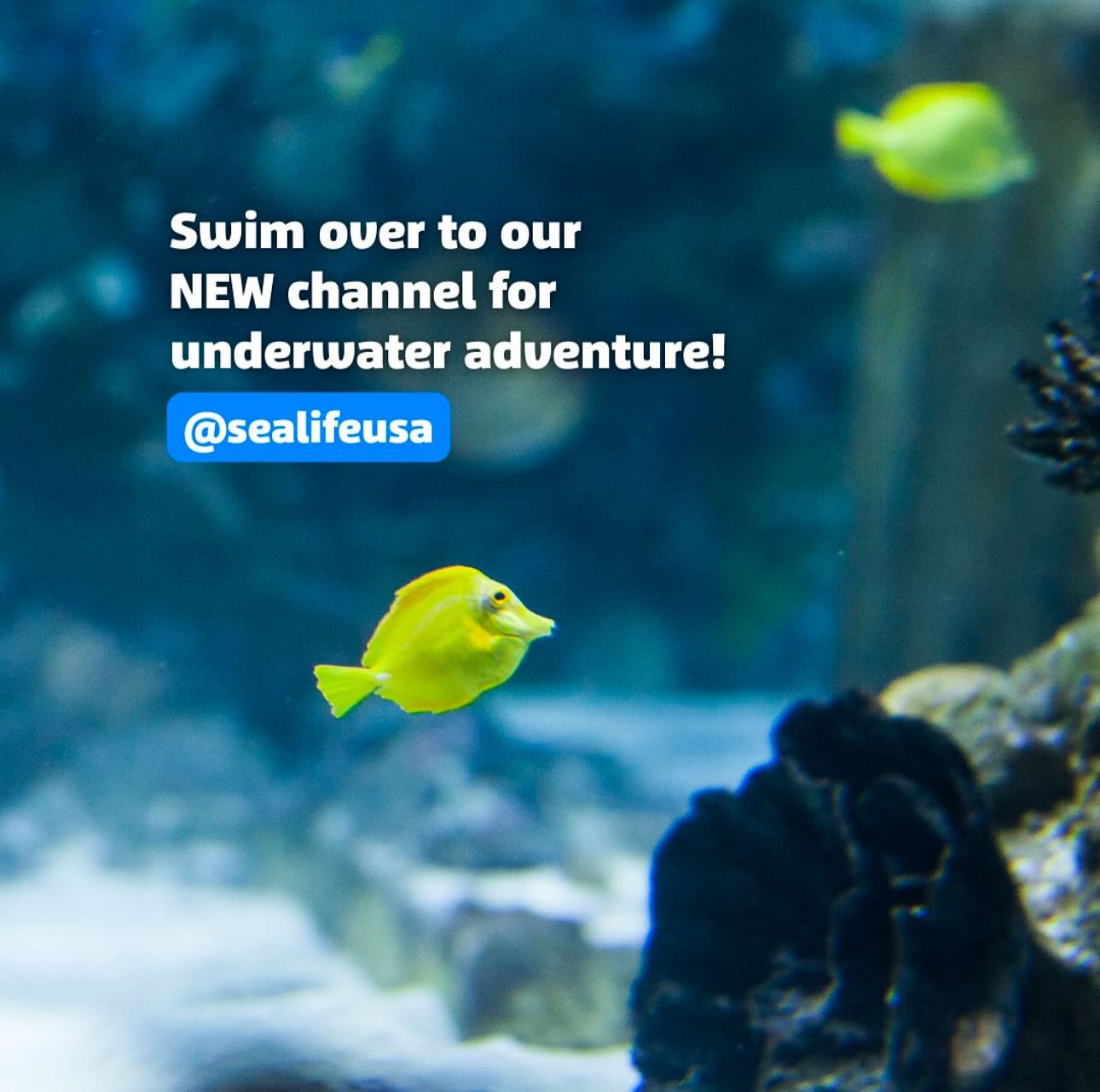- The significance of marine animals in ecosystem balance and biodiversity conservation.
- Strategies for effectively managing marine life in zoos and aquariums to promote education and conservation awareness.
- The role of social media channels in spreading awareness and engaging the public in marine life conservation efforts.
- Challenges faced by marine life conservationists and zoo managers in creating a sustainable environment for oceanic species.
- Innovations and current trends in marine wildlife conservation and zoo management.
Marine animals are vital components of our planet’s ecosystems, playing an instrumental role in maintaining balance and biodiversity. Oceanic species, ranging from the smallest microorganisms to the largest predators, contribute to nutrient cycling, habitat formation, and the regulation of climate by absorbing carbon dioxide. The decline of marine populations due to pollution, overfishing, and climate change highlights the urgent need for intensified conservation efforts. In this context, educating the public on their importance can foster more substantial community involvement in safeguarding these precious resources.
Zoos and aquariums offer unique insights into marine life conservation. By housing diverse marine species, they not only provide a platform for research and education but are instrumental in propagating conservation messages. Effective zoological management involves maintaining realistic habitats that cater to the physiological and psychological needs of these creatures. This endeavor encourages breeding and supports genetic diversity, crucial for species survival. Moreover, educational programs that involve interactive exhibits and guided tours can deepen public comprehension of marine life challenges and instigate proactive conservation behaviors.
Social media has emerged as an influential tool in conservation communication. Platforms like @sealifeusa are pivotal in reaching a broad audience, transcending geographical limitations. By sharing engaging and informative content, such as documentaries, live streams from aquariums, and interactive sessions with marine biologists, these channels can make marine conservation relatable and pressing. Pop culture collaborations and viral challenges can further ignite interest and encourage community participation in conservation activities, such as beach clean-ups or citizen science projects.
Despite the technological advancements and growing awareness, marine conservationists and zoo managers face significant hurdles. These include maintaining suitable water quality and temperature, preventing diseases, ensuring adequate nutrition, and facilitating reproduction within captive environments. Moreover, the ethical considerations regarding animal captivity challenge professionals to find a balance between conservation priorities and animal welfare. In regions affected by climate change, zoos and aquariums are often forced to adapt rapidly to changing conditions to avoid catastrophic impacts on their marine populations.
Innovations in marine conservation are continually evolving, as professionals seek sustainable solutions to ongoing challenges. Developments in genetic research offer the potential to increase genetic diversity among endangered species. Techniques like artificial insemination and cryopreservation of gametes are gaining traction as effective conservation tools. 3D printing technologies assist in creating artificial reefs, providing vital habitats for numerous marine species. Additionally, tech-driven conservation strategies such as drone surveillance and satellite tracking facilitate real-time monitoring of marine populations, aiding in more informed decision-making processes.
Through the integration of educational outreach, curated exhibitions, and the power of digital platforms, the ocean world becomes accessible to a broader audience. Platforms such as @sealifeusa increase awareness, inspiring individuals to value and protect marine ecosystems. As the narrative around marine conservation continues to expand across various mediums, individuals are increasingly encouraged to appreciate the ocean’s profound influence on global health and actively contribute to its preservation.
*****
Source Description
Don’t forget – there’s a whole ocean of content waiting for you on our main social channel @sealifeusa!


